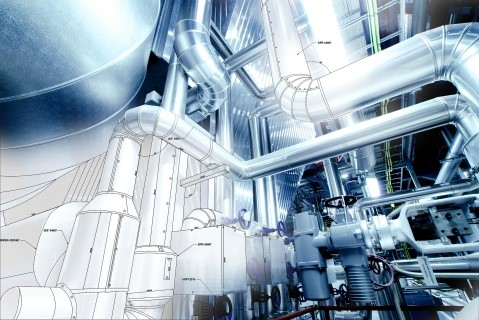
China to be the second largest LNG importer in Asia by 2018
Step aside, South Korea.
Tightening environmental laws to reduce air pollution and the start of new long-term contracts with mega-projects in Australia, North America and Russia will ensure China's demand for LNG expands at a robust pace over the next five years, allowing it to surpass South Korea to become the second largest buyer of LNG in Asia by 2018.
According to BMI Research, China's appetite for LNG imports remained robust in January 2017, as a confluence of seasonal factors and tightening environmental regulations led the month's imports to hit 3.4mn metric tonnes (equivalent to 4.6bcm), an increase of 39.6% y-o-y, and the second highest monthly import level on record.
Here's more from BMI Research:
Pipeline gas imports came in at 2.4mn tonnes, a marginal increase from the previous month, but down 13.0% on year. We attribute the upward momentum in China's LNG imports to the government's continued push to increase natural gas consumption at home.
China is seeking to boost the share of natural gas in its primary energy mix from 6.0% currently to 10.0% by 2020, as its ongoing battle against severe air pollution intensifies.
Recently, Beijing has reportedly begun to improve gas connectivity to its more rural areas and began offering subsidies to offset the higher cost of switching from coal to gas for power generation. It has also toughened its stance on pollution emitters.
In February 2017, it formed an environmental police unit to monitor polluting activities in the mining and agriculture sectors. China is also set to launch the world's largest carbon cap-and-trade market in H217, which would incentivise industries to switch to cleaner fuels, such as natural gas.























 Advertise
Advertise






